Politics
13 Cents for the Military - What Does the Government Spend the Rest of Your Tax Dollars On?
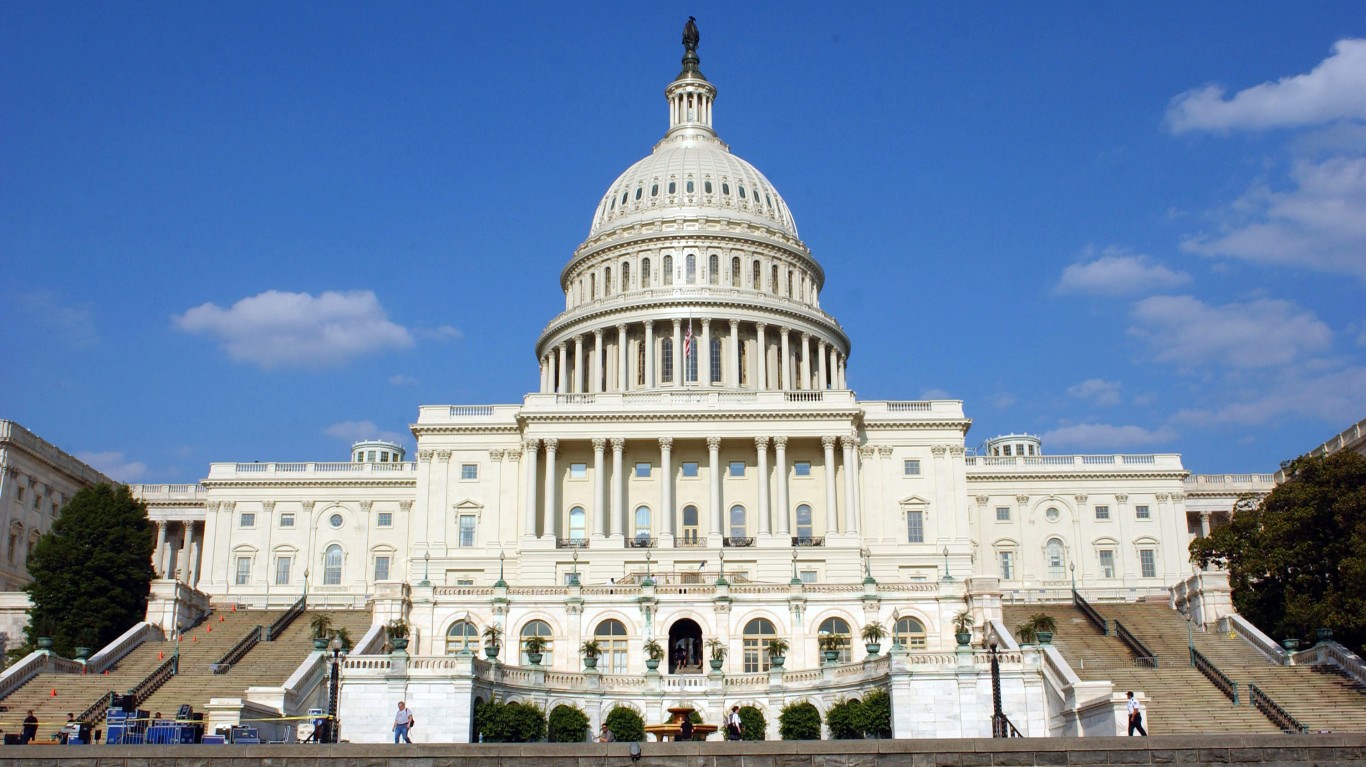
Published:

There are only a few certainties when you have a job, but none are as sure of a thing as paying taxes. No matter how much you earn or how you are earning it, so long as your job pays you according to the laws in your state, you will pay taxes to the federal government.
The hope is that by paying taxes, you are contributing to improving the lives of all Americans. This includes using tax dollars for Medicare, Social Security, and hundreds of other programs. Knowing that 13 cents out of every US tax dollar goes toward defense, it begs the question of where the rest goes and how much is spent on national defense.
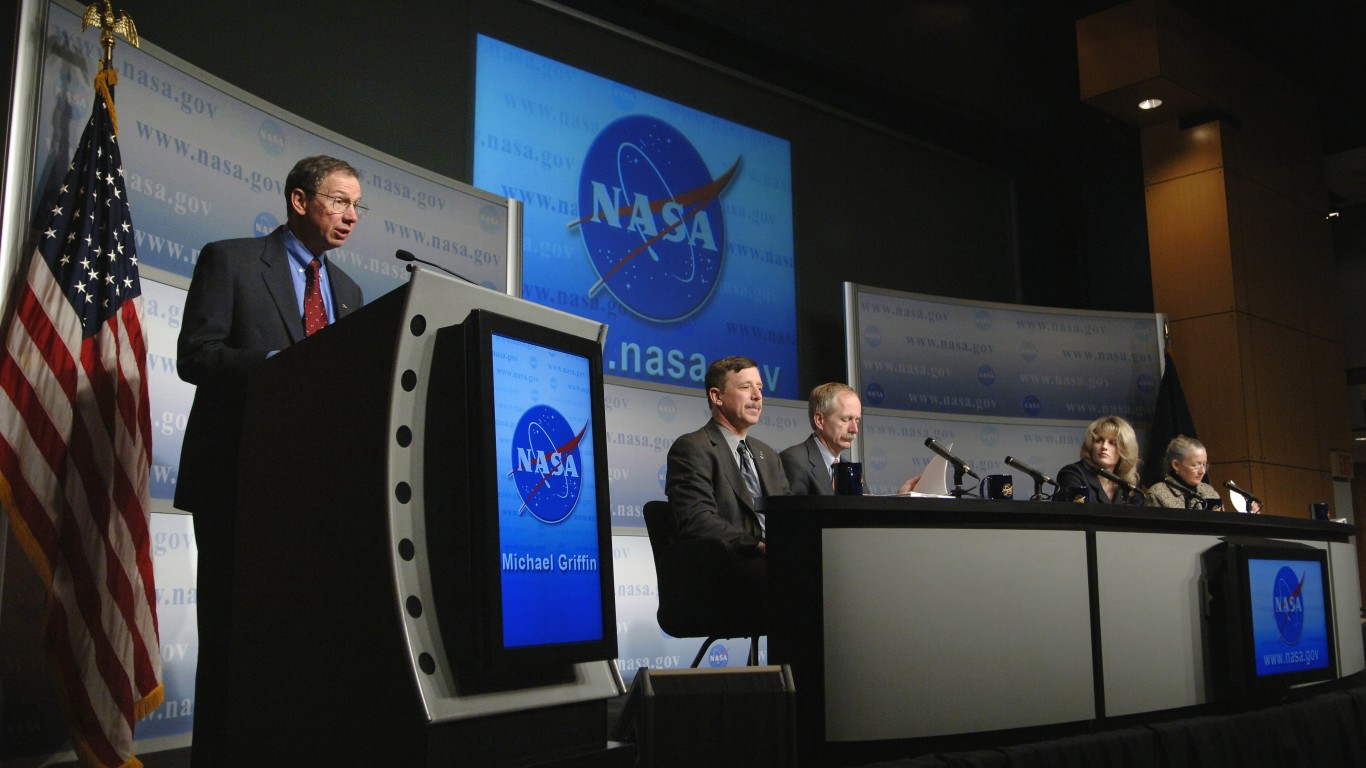

Calling this portion of the budget “other programs” is somewhat misleading as they are still notable in size. However, the government doesn’t break out individual spending for these organizations by the dollar, so we have to make an educated guess. It’s estimated that foreign aid accounts for 1 cent, including economic support to allies and global health initiatives.
Education, which includes Pell Grants and student aid programs, accounted for 2 cents or $90 billion in 2024 alone. Research and innovation around space programs, like NASA, accounted for $22 billion alone. Lastly, the US Energy and Environmental protection programs, like the EPA and clean water initiatives, account for another 1 cent out of the dollar.
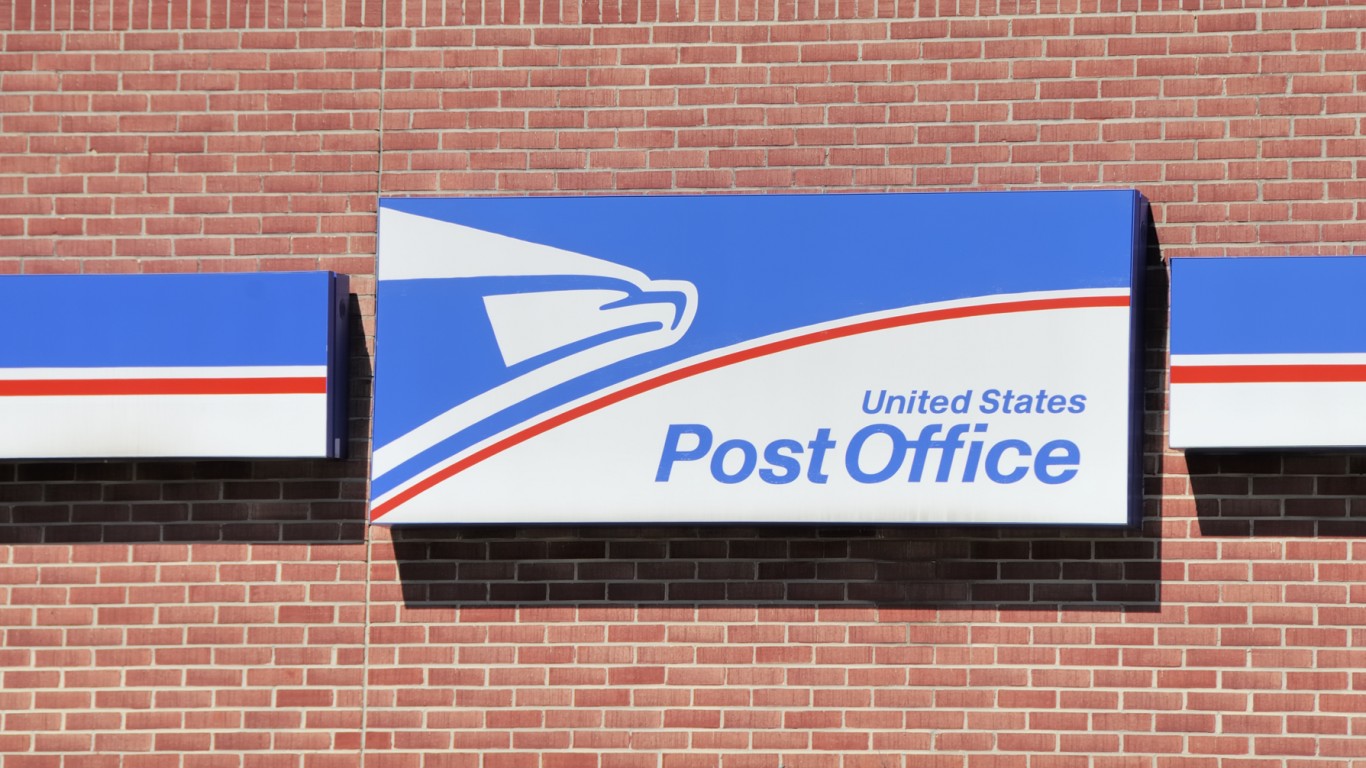
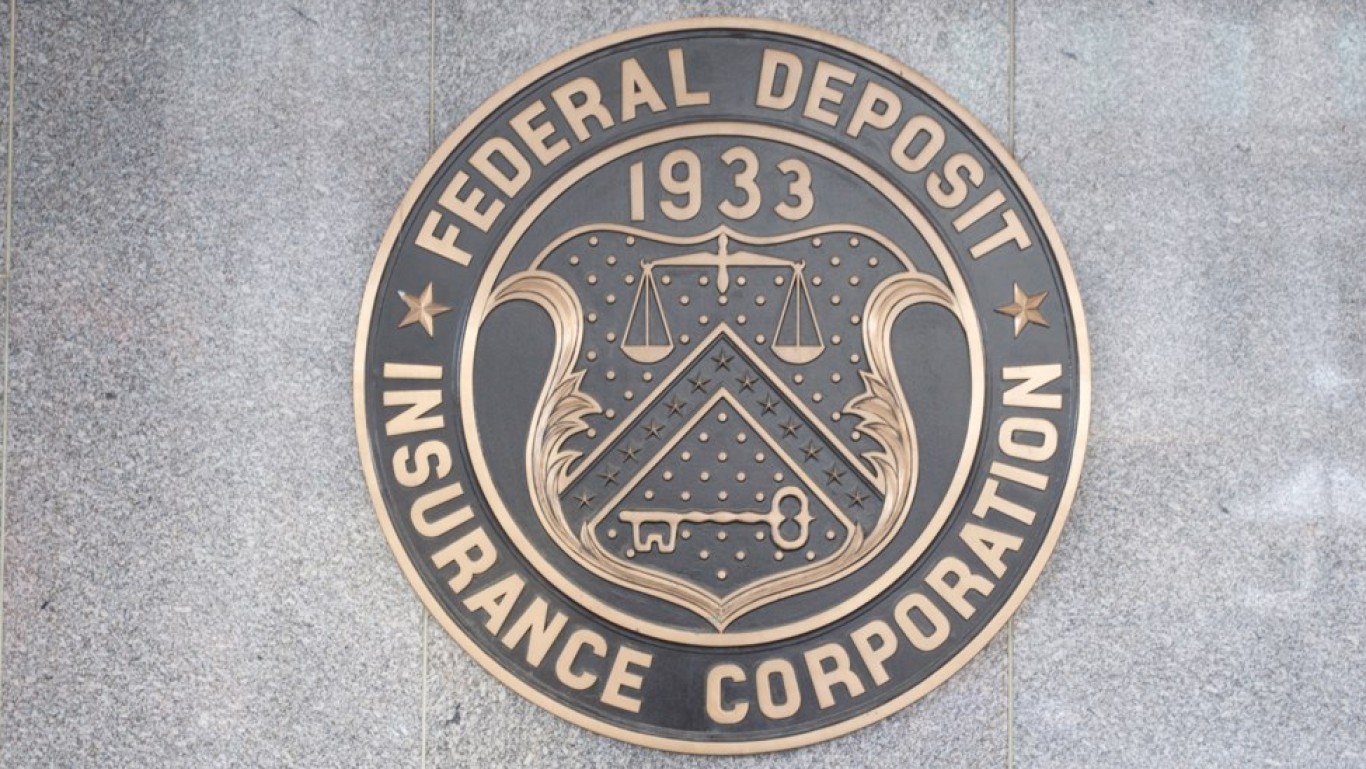
Undoubtedly, the most public program included in the Commerce budget is that of the United States Postal Service. All your mail is delivered because of the money available for this program. The Commerce budget also guarantees money deposited in banks and insurance by the FDIC. This budget also helps combat unfair trade practices globally and weather forecasting through NOAA to help provide alerts for upcoming weather systems like hurricanes.
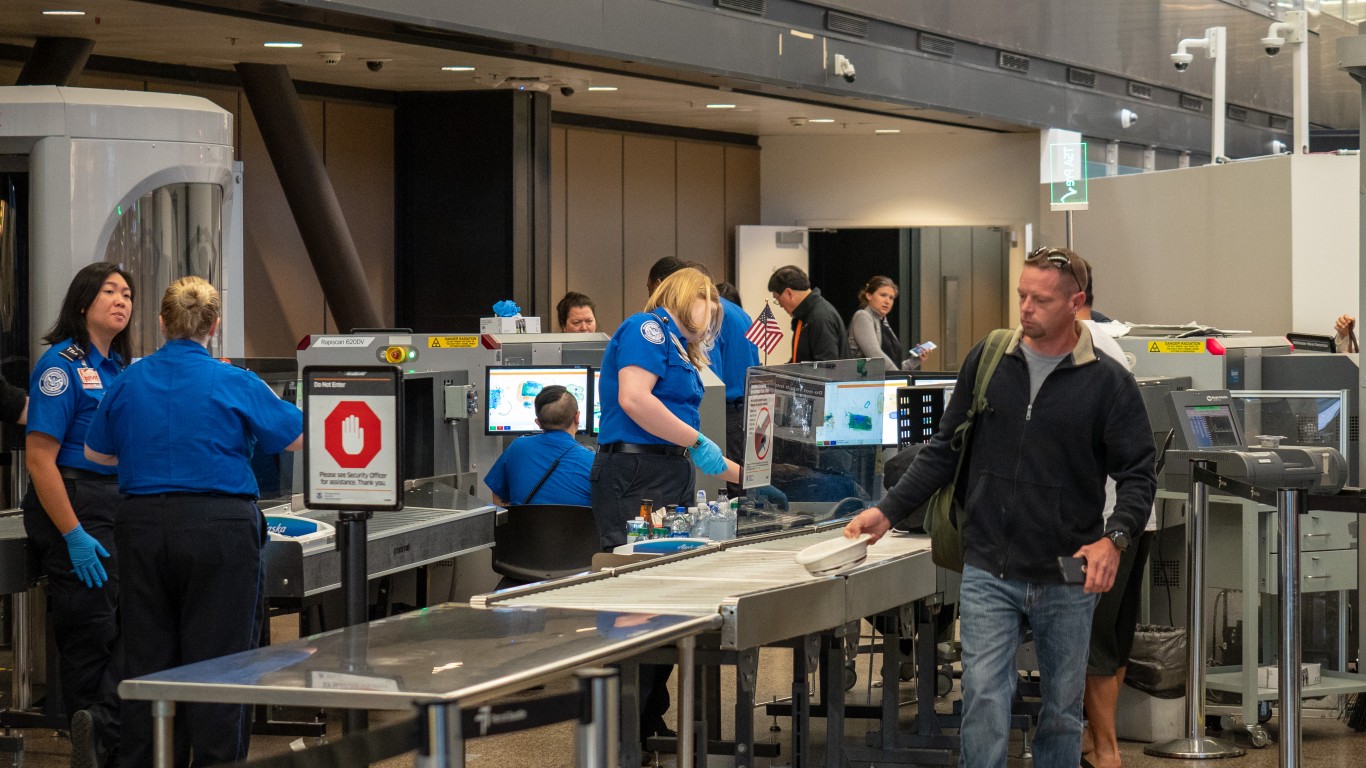
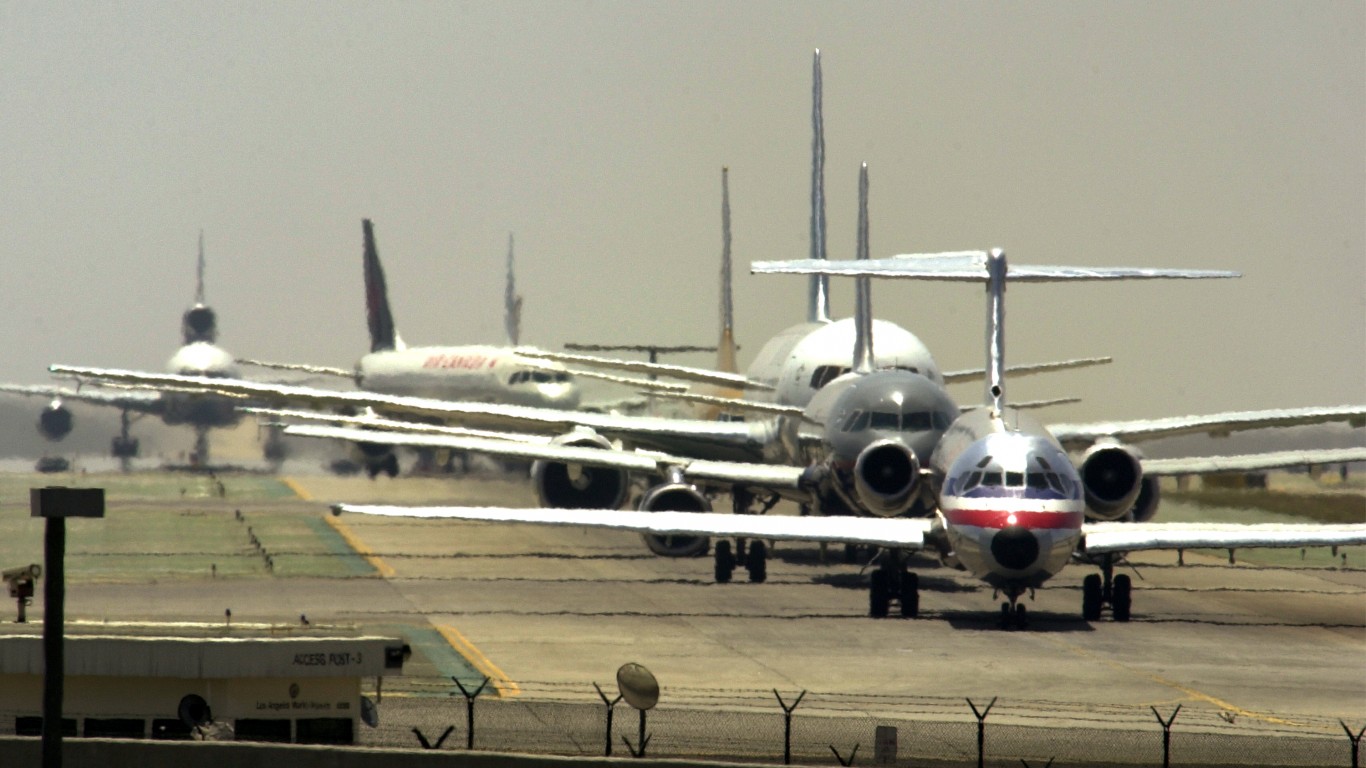
If it moves on land, sea, or air, its money comes from the transportation portion of the US budget. This includes any money spent on highway infrastructure, public transit, government programs like the Transportation Security Administration, Federal Aviation Administration, Federal Railroad Administration, and much of the Coast Guard’s budget. While these important administrations play a role, the transportation budget supports the 220,000 miles of existing highways that must be regularly maintained.


The United States government has a responsibility to help and support those who fought for this country. As a result, Veterans’ Benefits and Services account for five cents of every dollar. Most of this money goes to veterans’ compensation, pension payments, and veterans’ healthcare. To be more transparent, around 50.5% of this portion of the budget goes directly to compensation and pensions, while 38.9% goes directly to medical care services.


It would be wonderful if the US government had no federal debt, but as it does, and taxpayers pay 11 cents out of every dollar to assist. This includes payments to private holders of US Treasury securities and any earnings from the National Railroad Investment Trust. It’s important to note that the US is still seeing its national debt grow as the US budget has no surplus to make broader payments to the $35 trillion and growing national debt.

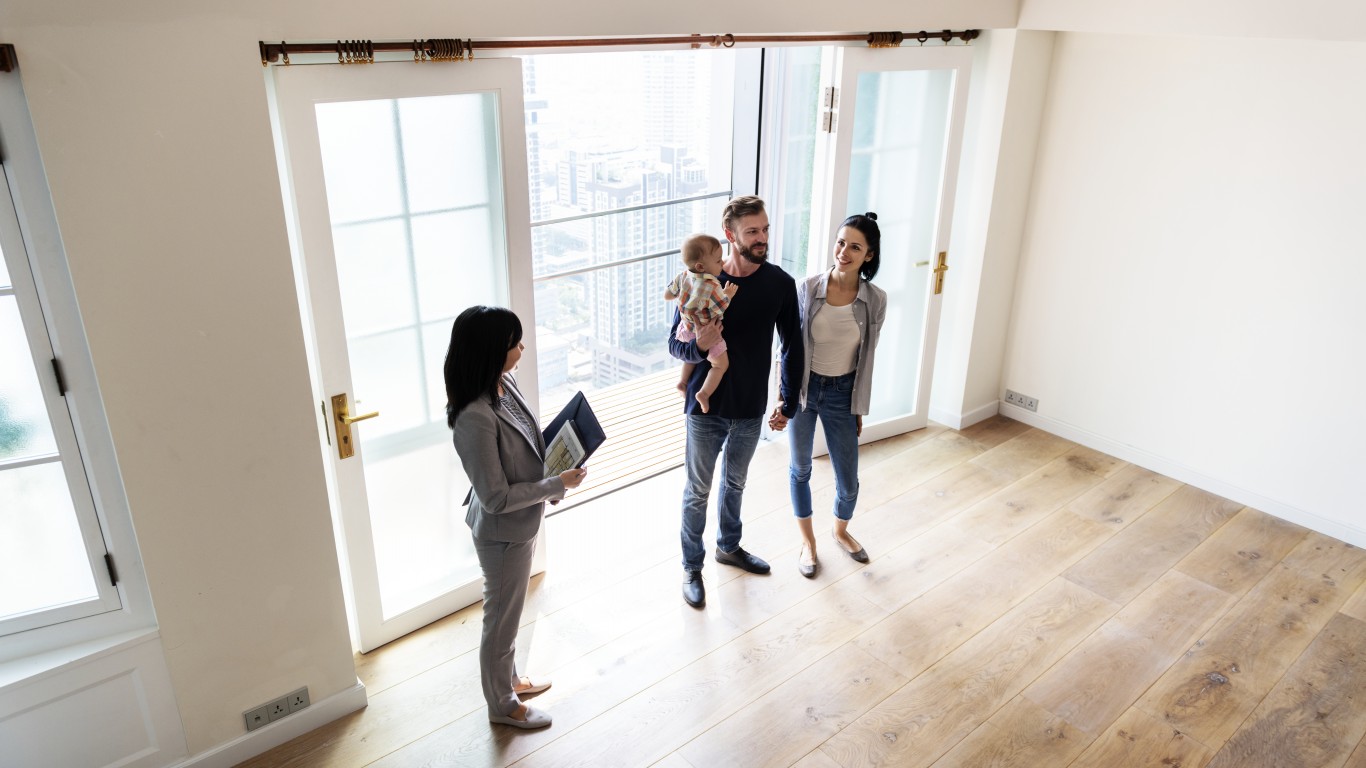
With the Income Security program of the US budget, the best-known program is likely the Supplemental Nutrition Assistance Program (SNAP), which helps those making less money have enough to eat. It’s estimated that around 42.1 million people are currently receiving some SNAP assistance, which is equal to around 12.6% of all US households. Housing assistance through programs like Section 8 is also included, which helps low and moderate-income families pay rent in the private market.


Military spending is one of the largest things your tax dollar will contribute to. In 2024 alone, the US Military plans to spend approximately $824.3 billion, more than the rest of NATO’s combined spending. This accounts for money going to all six military branches, though some Coast Guard funding comes from other departments. Across this budget, it will pay salaries of military personnel, maintain arms, equipment, and facilities, and fund research and development of new weapons for the future.


Medicare is a government program that accounts for 14 cents out of every dollar. This program ensures that anyone 65 and over has health insurance in the United States. Most of the money spent in this area goes directly to medical services and prescription drugs. At the end of October 31, 2024, more than 67.7 million people were enrolled in Medicare. Highlighting its importance even more, 89.4% of all Medicare enrollees were 65 and older.


When it comes to the amount of taxpayer money going to healthcare, it helps to remember there are two buckets. The first is Medicare, which is a separate program. The second is Medicaid, the Children’s Health Insurance Program, the Center for Disease Control, the Food and Drug Administration, and health benefits for federal employees. Funding for the Affordable Care Act also comes from this budget. As of July 2024, 72.4 million people were receiving some assistance through the Medicaid program.


When it comes to taxpayers’ biggest expense, it’s undoubtedly Social Security, and it has been this way for decades. This shouldn’t come as a surprise either, as this program aims to provide financial assistance to Americans using pre-retirement income measurements to help with living costs after 65. One of the main reasons Social Security costs taxpayers so much is that it’s frequently adjusted to keep pace with inflation, providing the appropriate cost of living for someone 65 and over.
After two decades of reviewing financial products I haven’t seen anything like this. Credit card companies are at war, handing out free rewards and benefits to win the best customers.
A good cash back card can be worth thousands of dollars a year in free money, not to mention other perks like travel, insurance, and access to fancy lounges.
Our top pick today pays up to 5% cash back, a $200 bonus on top, and $0 annual fee. Click here to apply before they stop offering rewards this generous.
Flywheel Publishing has partnered with CardRatings for our coverage of credit card products. Flywheel Publishing and CardRatings may receive a commission from card issuers.
Thank you for reading! Have some feedback for us?
Contact the 24/7 Wall St. editorial team.